Steam Drum Level is both a critical and difficult measurement to make. Control of the water level in the drum must be precise. A water level that is too high can result in water carryover into the steam piping. A level that is too low can expose the generating tubes (down comers), preventing the water in the drum from cooling the furnace tubes, possibly damaging them.
Measurement of boiler steam drum level using a differential pressure transmitter must take into account certain physical properties of the fluid.
1. The Steam drum contains a two-phase mixture of water and steam at saturation conditions.
2. The densities of water and steam vary with saturation temperature or pressure.
3. The density of saturated steam above water must be considered, as well as the density of saturated water in the drum.
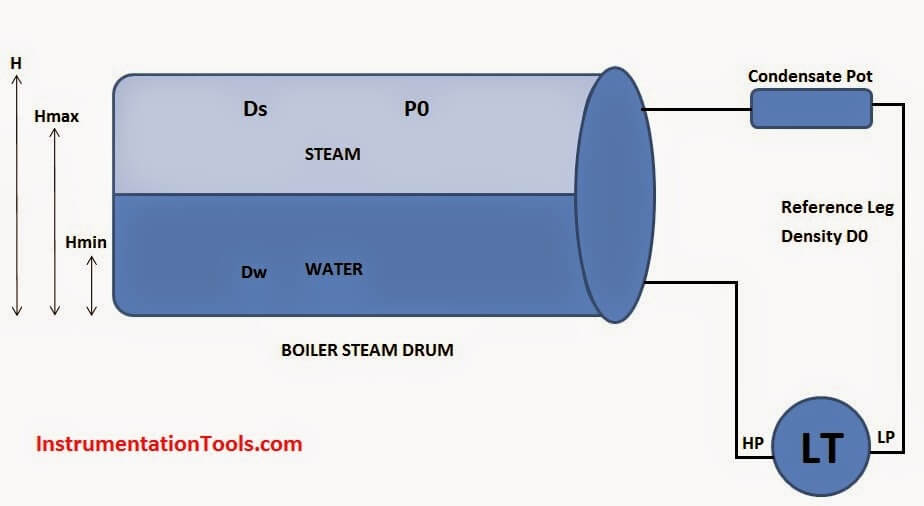 Boiler Drum Level Transmitter calibration
Boiler Drum Level Transmitter calibration
This tool is used to calculate the Boiler Drum Level Transmitter calibration ranges.
The formulas used to calculate boiler drum level transmitter are:
At Hmin, The Transmitter output will be 4ma
∆Pmin or 4ma = [H(Ds-Do)+Hmin(Dw-Ds)] Do
At Hmax, The Transmitter output will be 20ma
∆Pmax or 20ma = [H(Ds-Do)+Hmax(Dw-Ds)] Do
Where,
P0 = Static pressure in the steam drum at the top tap
Ds= Density of saturated steam at operating conditions
Dw = Density of saturated water at operating conditions
Do = Density of water in the “wet” or reference leg
H = Distance between the high and low drum taps
Hmax = Maximum water level allowed (measured from the bottom tap)
Hmin = Minimum water level allowed (measured from the bottom tap)
To perform the calibration, use a table of thermodynamic properties of steam and the following steps:
1. Determine hmin and hmax. These are the minimum and maximum water levels allowed for safe operation of the boiler. They are measured from the bottom tap of the steam drum.
2. Using the saturated steam tables, find the values of and at the drum operating pressure. Use the value for compressed water in the reference (wet) leg at the expected ambient temperature and the drum operating pressure. If the compressed water table is not available, use the reciprocal of the specific volume of saturated water at the ambient temperature. Since water is nearly incompressible, this provides reasonable accuracy for the drum measurement.
3. For this example assume:
The inside diameter of the steam drum is 60 in.
H = 33 in. (83.82 cm)
Po = 2,425 psig (design operating pressure)
Tambient = 105 °F (41 °C)
Hmin = 1.5 in. (3.81 cm)
Hmax = 31.5 in. (80.01 cm)
The desired level readout is –15 to 15 in. (a standard indicator faceplate range)
4. Solve the equation:
a. The specific volume of the saturated water at 2,425 psig is 0.02817 ft3/lb
Then Density of water is Dw = 1/specific volume of saturated water = 35.49 ft/lb3
b. The specific volume of the saturated steam at 2,425 psig is 0.1364 ft3/lb
Then Density of water is Dw = 1/specific volume of saturated water = 7.33 ft/lb3
c. The specific volume of the saturated water at 105 F temperature is 0.01615 ft3/lb
Then Density of water is Dw = 1/specific volume of saturated water = 61.93 ft/lb3
5. Now substitute all the values in the above formulas and calculate transmitter 4 ma and 20 ma equivalent DP ranges.
Finally, check the zero elevation and span against the transmitter specifications to ensure the selected transmitter can be calibrated to the required values
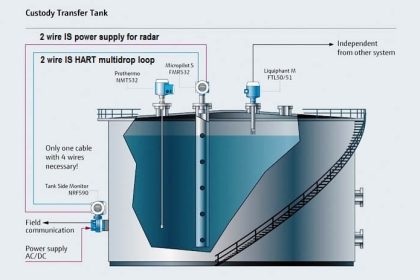

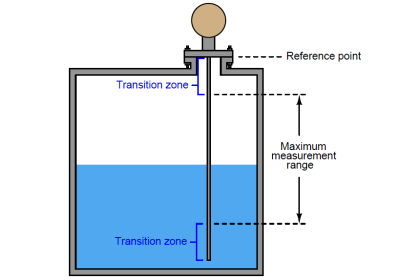

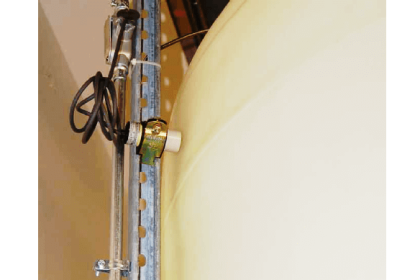
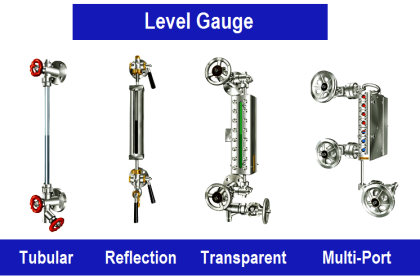
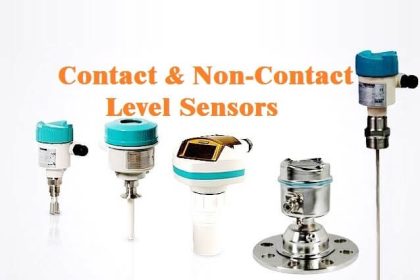
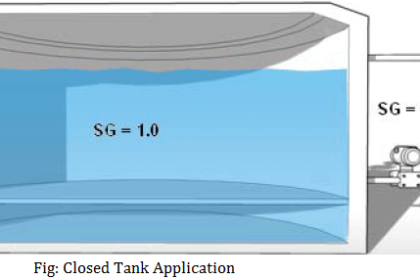
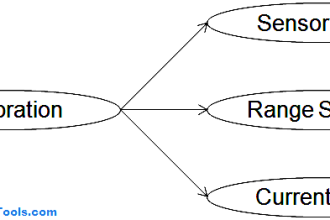
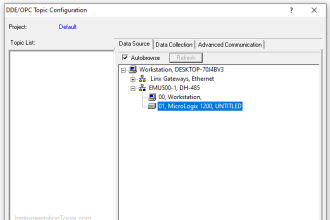
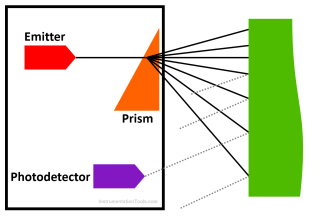
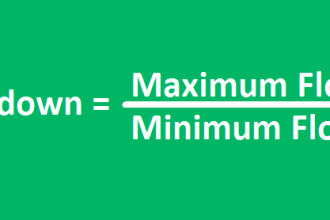

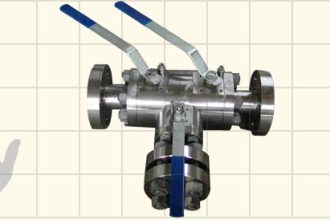

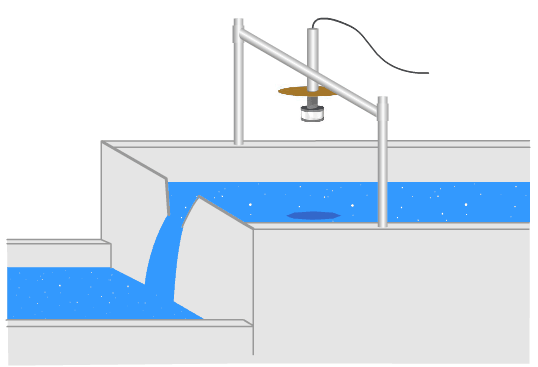

Hi, I am used your tool to find out the transmitter ranges and working good. Thanks. Plz share more n more tools on Instrumentation.
You just converts a complex calculation to a simple calculation tool.
Thanks for sharing such a wonderful application.
Amazing tools.
You have just created an wonderful application for our instrumentation engineers.
I have not worked on it. But it seems very comfortable calculations
please give information of drum level transmitter range
sir, how can loop check an ff transmitter, what is the output of ff transmitter, how can calibrate ff transmitter…
Thanks very good information
Great tool, thank you. by the way H is misrepresented in the drawing.
Thanks very good
Thanks for giving such useful information.
Please explain Boiler level reverse transmitter configuration.
I.e transmiter high side connected to above and low side to below tapping of boiler.